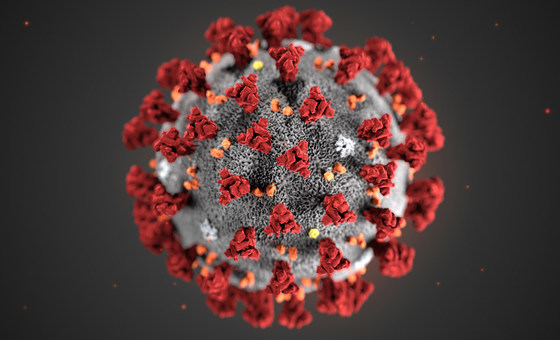Global COVID-19 activity is on the rise once more, reaching levels not seen since July 2024, according to recent data from sentinel surveillance sites.
This was contained in the World Health Organisation (WHO) situational report shared to journalists on Thursday.
The WHO reports that since mid-February 2025, the SARS-CoV-2 test positivity rate has climbed to 11 per cent, underscoring the need for continued vigilance.
The increase in cases is being primarily observed in countries across the Eastern Mediterranean, South-East Asia, and Western Pacific regions. This trend coincides with a shift in global variant patterns.
While the prevalence of the LP.8.1 variant has been waning, the NB.1.8.1 variant — currently classified as a Variant Under Monitoring (VUM) — is on the rise, accounting for 10.7% of global sequences as of mid-May.
Read Also: New COVID-19 variant, XEC confirmed in 29 countries, FG alerts Nigerians
Though current activity mirrors patterns seen around this time in 2024, WHO notes that COVID-19 still lacks a predictable seasonal cycle.
Combined with limited surveillance in many regions, this makes real-time tracking and response more challenging.
“Recent increases in SARS-CoV-2 activity are broadly consistent with levels observed during the same period last year; however, there still lacks a clear seasonality in SARS-CoV-2 circulation, and surveillance is limited. Continued monitoring is essential, ” the report noted.
In light of the evolving situation, WHO is urging all Member States to maintain a risk-based, integrated approach to COVID-19 management, in line with the Director-General’s Standing Recommendations.
This includes robust surveillance, timely reporting, access to COVID-19 vaccines, strengthening healthcare delivery systems, and maintaining healthcare readiness.
The report added that, “African Region, European Region, and the Region of the Americas are currently reporting low levels of SARS-CoV-2 activity with per cent positivity from sentinel or systematic virological surveillance sites ranging from 2% to 3%.”
“As the virus continues to evolve and circulate, the international health body reiterates the importance of transparency, data-sharing, and community engagement in curbing the virus’s impact.”



